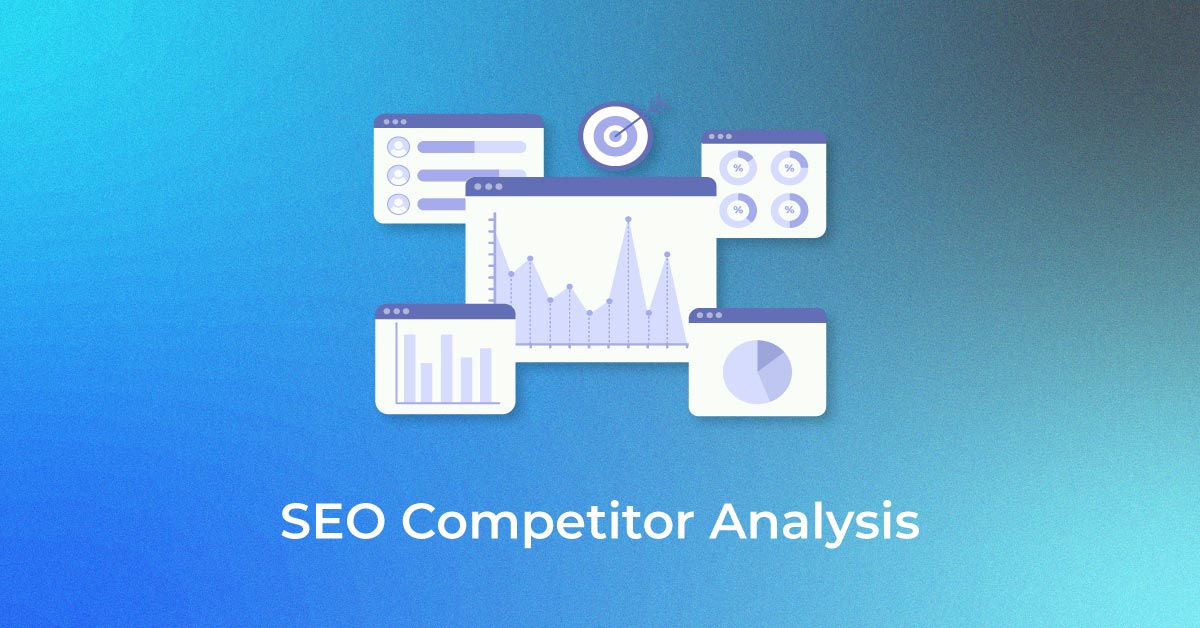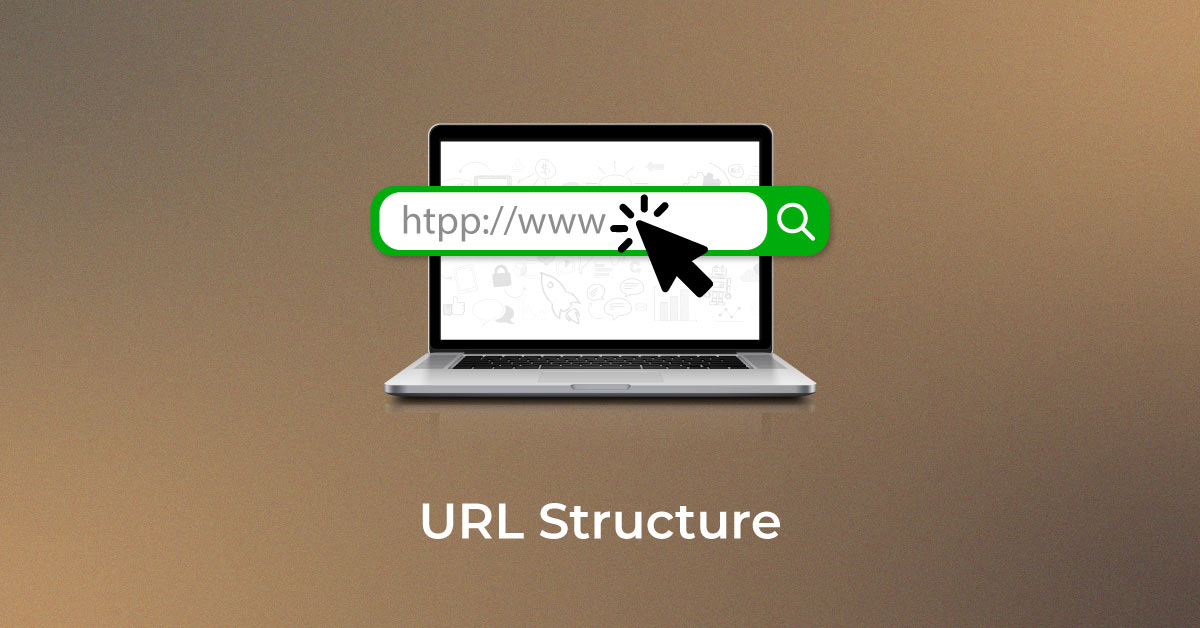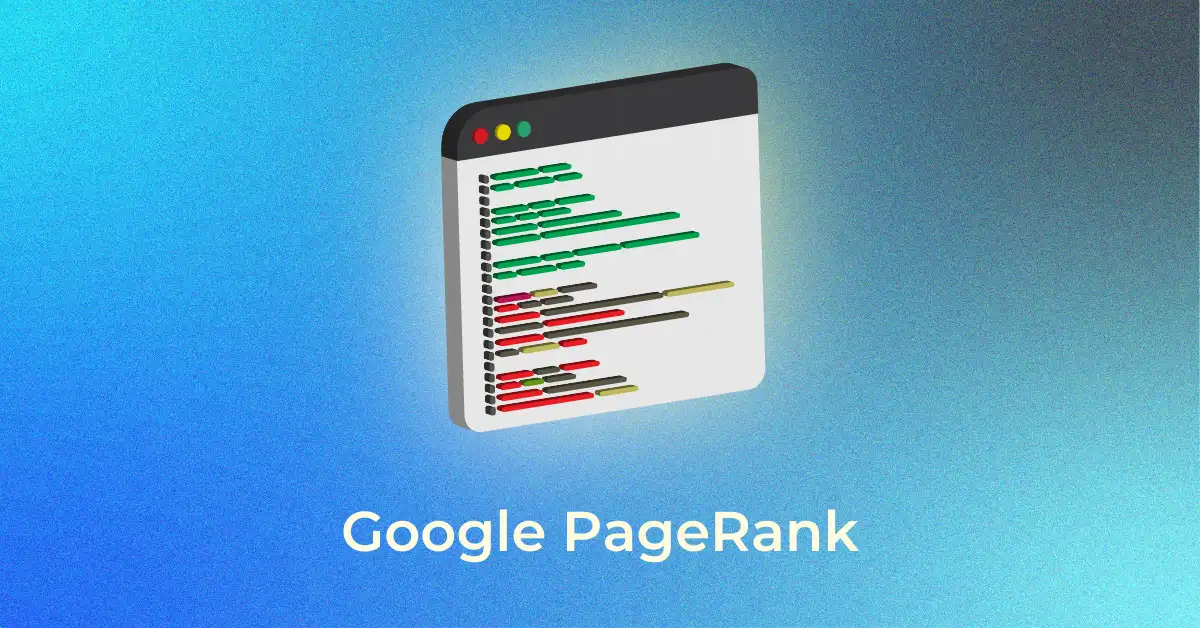Navigating the Intersection of Core Web Vitals and SEO
Core Web Vitals Defined
- Core Web Vitals are a set of metrics that measures the quality of user experience on a webpage, focusing on aspects that impact users directly.
- Comprising three main indicators—Largest Contentful Paint (LCP), First Input Delay (FID), and Cumulative Layout Shift (CLS)—they measure loading performance, interactivity, and visual stability respectively. Being user-centered, these vitals have become pivotal for providing an optimized experience which is, as a result, now influencing search engine optimization (SEO).
Understanding Core Web Vitals – Why They Matter?
- Understanding Core Web Vitals is essential because they offer quantifiable insights into user satisfaction. These metrics matter in the grand scheme of web performance because they affect how users perceive and engage with your website. A page that loads quickly (LCP), is responsive to inputs (FID), and maintains visual stability (CLS) is more likely to retain users, reducing bounce rates.
- This positively impacts the user experience, leading to increased conversions and potentially higher search rankings. Google has incorporated these user-centric metrics into its ranking algorithm, signaling the importance of aligning a site’s performance with the expectations of today’s internet users. Therefore, improving Core Web Vitals not only betters UX but could also be a deciding factor in your website’s search engine success.
The Pulse of Page Experience: Understanding Core Web Vitals
Largest Contentful Paint (LCP): The Lead Metric
Largest Contentful Paint (LCP) stands as the lead metric among the Core Web Vitals, primarily focusing on the load time of the largest and most significant piece of content on your page. This could be a block of text, an image, or a video. The reason LCP takes center stage is that it serves as a clear indicator for when a user perceives the main content of a page to be fully available. Google benchmarks for a good LCP at or below 2.5 seconds from when a page starts loading—achieving this suggests that your page offers a swift and pleasant visual loading experience. LCP’s prominence in user experience underscores its value; if the largest content loads quickly, users are less likely to abandon the page, creating a positive first impression and encouraging engagement.
First Input Delay (FID): Interactivity’s Key Player
First Input Delay (FID) measures the time between a user’s first interaction with a page and when the browser starts processing it. An optimal FID is 100ms or less for a smooth experience. However, since March 12, 2024, Interaction to Next Paint (INP) has replaced FID, offering a broader view of interactivity throughout the session. While INP is now the key metric, understanding FID is still important for evaluating initial responsiveness. Both metrics require real-world user data and are crucial for creating a responsive and user-friendly web experience.
Cumulative Layout Shift (CLS): Visual Stability Matters
Cumulative Layout Shift (CLS) is the metric that speaks to the heart of visual stability on a web page. It quantifies the sum of all individual layout shift scores for every unexpected shift that occurs during the entire lifespan of a page. Each shift is calculated based on the impact fraction and distance fraction, reflecting the size of the unstable element and the magnitude of its movement.
A good CLS score is 0.1 or lower, indicating that a page is visually stable and content is not moving around in ways that can confuse or frustrate your visitors. When elements shift unexpectedly, users might click on something they didn’t intend to, leading to a poor experience. High CLS scores can also affect user’s trust and transactional actions, particularly for e-commerce sites where layout shifts could lead to accidental purchases.
Visual stability is more than just comfort—it’s a necessity for an effective, efficient, and enjoyable user journey. By aiming for and maintaining a low CLS, you are ensuring that your content is as user-friendly as possible, keeping your visitors engaged and satisfied with their browsing experience.
Dissecting the SEO Influence of Core Web Vitals
Google’s Emphasis on User Experience
Google has increasingly emphasized user experience (UX) as an essential aspect of a website’s value, making it a key focus in its ranking algorithm. The search giant understands that users prefer websites that are fast, responsive, and stable. Hence, it rewards sites that optimize their performance according to these user-centered quality signals. This emphasis on UX is multifaceted, not only improving search accuracy but also enhancing user satisfaction across the web.
This commitment to UX is evident in Google’s introduction and subsequent updates to Core Web Vitals—real, measurable metrics that reflect user experience quality. These metrics encourage webmasters and developers to build websites that not only provide relevant content but also deliver it in a way that users find pleasant and easy to interact with. By focusing on UX, Google is driving the evolution of the web towards a more user-friendly environment where the best experiences rise to the top of search results.
The Truth Behind Core Web Vitals as a Ranking Factor
The truth behind Core Web Vitals as a ranking factor lies in their integration into Google’s page experience signals, which collectively influence a site’s position in search results. However, it’s important to recognize, as John Mueller of Google has stated, that while Core Web Vitals are essential, they are not the sole determinants for ranking. Core Web Vitals work in tandem with other important factors, such as relevant content, mobile-friendliness, and safe browsing.
Google aims for a holistic evaluation of pages, with Core Web Vitals enhancing the emphasis on technical aspects of UX. They serve as a tie-breaker in cases where multiple pages might have similar content quality and relevance. A better Core Web Vitals score could potentially give you an edge, but don’t expect it to compensate for a lack of high-quality, relevant content.
As the web ecosystem evolves, these metrics will continue to play a significant role, urging publishers and content creators to balance SEO with user experience. It’s a synergy that rewards efforts to build a faster, more responsive, and visually stable web for everyone.
How to Improve Core Web Vitals for Better Rankings
Enhancing LCP: Prioritize Loading Performance
To enhance Largest Contentful Paint (LCP), you need to prioritize your page’s loading performance by tackling factors that cause delays. Here are some strategies:
- Optimize server response time: Utilize efficient server software or consider a server upgrade to reduce latency. Every millisecond counts.
- Compress and optimize files: Images and video files are often the largest on a site. Compress these files and consider using next-gen formats like WebP for images.
- Prioritize loading of important resources: Use link rel=preload to instruct the browser to load the most important resources first, which narrows the focus to your page’s core content.
- Implement efficient coding practices: Minify CSS and JavaScript files to reduce their size. Also, eliminate unnecessary code and use tree shaking to get rid of unused scripts.
- Use a Content Delivery Network (CDN): CDNs store copies of your content on servers worldwide, which means faster delivery to users no matter where they are.
By focusing on these enhancements, you can accelerate the loading of the main content on your page, improve user experience, and potentially boost your site’s SEO performance as LCP is a key metric in Google’s Core Web Vitals.
Reducing FID: Fine-Tuning Interactivity and Responsiveness
To reduce First Input Delay (FID), fine-tuning your page’s interactivity and responsiveness is crucial. Remember, FID measures the time from when a user first interacts with your site to the moment the browser is able to respond. To improve FID, follow these steps:
- Minimize (or defer) JavaScript: Heavy JavaScript can prolong the time it takes for a page to become interactive. Eliminate unnecessary scripts and use the async or defer attributes for non-critical JavaScript files.
- Optimize and streamline execution: Profile your JavaScript and look for bottlenecks in execution. Break up long tasks into smaller, asynchronous ones to reduce the load on the main thread.
- Reduce third-party code: Third-party scripts for tracking, advertising, or widgets can severely impact FID. Evaluate the necessity and performance cost of each third-party script.
- Use a web worker: Offload some tasks to a web worker that can run JavaScript on a background thread, allowing the main thread to stay focused on user interactions.
- Implement lazy loading: Load non-critical assets only when they are needed. This reduces initial load time, ensuring that the page is interactive more rapidly.
By focusing on these strategies, you can improve your page’s responsiveness, providing users with a snappy and enjoyable experience. With FID, and now Interaction to Next Paint (INP), forming part of Google’s Core Web Vitals, your efforts here can also contribute to better SERP rankings.
Mitigating CLS: Securing Visual Consistency
Mitigating Cumulative Layout Shift (CLS) involves securing the visual consistency of your webpage as it loads. To keep your CLS score low, adopt the following measures:
- Specify size attributes for images and videos: Define width and height in your markup to allocate the correct amount of space while the content is loading.
- Reserve space for ad elements: Ensure that ads, embeds, and iframes are given a reserved space with defined dimensions so they don’t cause sudden shifts when they load.
- Load non-essential elements below the fold: By loading dynamic content below the viewport, users won’t experience shifts while engaging with the visible content.
- Preload web fonts: Avoid layout shifts due to font loading by preloading your fonts with rel=”preload” link attribute or use font-display: swap in your CSS to ensure text remains visible during font loading.
- Avoid inserting new content above existing content: Unless responding to a user interaction, avoid dynamically injecting content that will push down what’s already on the page.
By attentively applying these practices, you can prevent unexpected layout shifts that impair the user experience and maintain visual stability on your site. Given that a stable page reflects positively on your user engagement metrics, minimizing CLS not only enhances UX but can also favorably affect your SEO rankings in line with Google’s page experience factors.
FAQs
How do Core Web Vitals impact my site’s SEO performance?
Core Web Vitals affect your SEO by measuring loading speed, responsiveness, and visual stability. Google uses these metrics in its ranking algorithm, rewarding sites with better user experiences.
Where can I get data on my website’s Core Web Vitals?
You can track your website’s Core Web Vitals through Google Search Console, which offers a dedicated report based on real-user data. This includes key metrics like LCP, FID, and CLS. Google’s PageSpeed Insights also provides a detailed page-level analysis of these metrics and overall performance.
What are considered ‘good’ scores for each Core Web Vital?
A ‘good’ Core Web Vital score is: LCP under 2.5 seconds, FID under 100ms, and CLS under 0.1. Meeting these benchmarks ensures a positive user experience in loading, interactivity, and stability.
Will focusing on Core Web Vitals guarantee better ranking positions?
Core Web Vitals alone can’t guarantee better rankings, but they are part of Google’s page experience signals. When other factors are equal, good scores can improve user experience and potentially boost rankings over time.
Popular Searches
How useful was this post?
1 / 5. 1

















